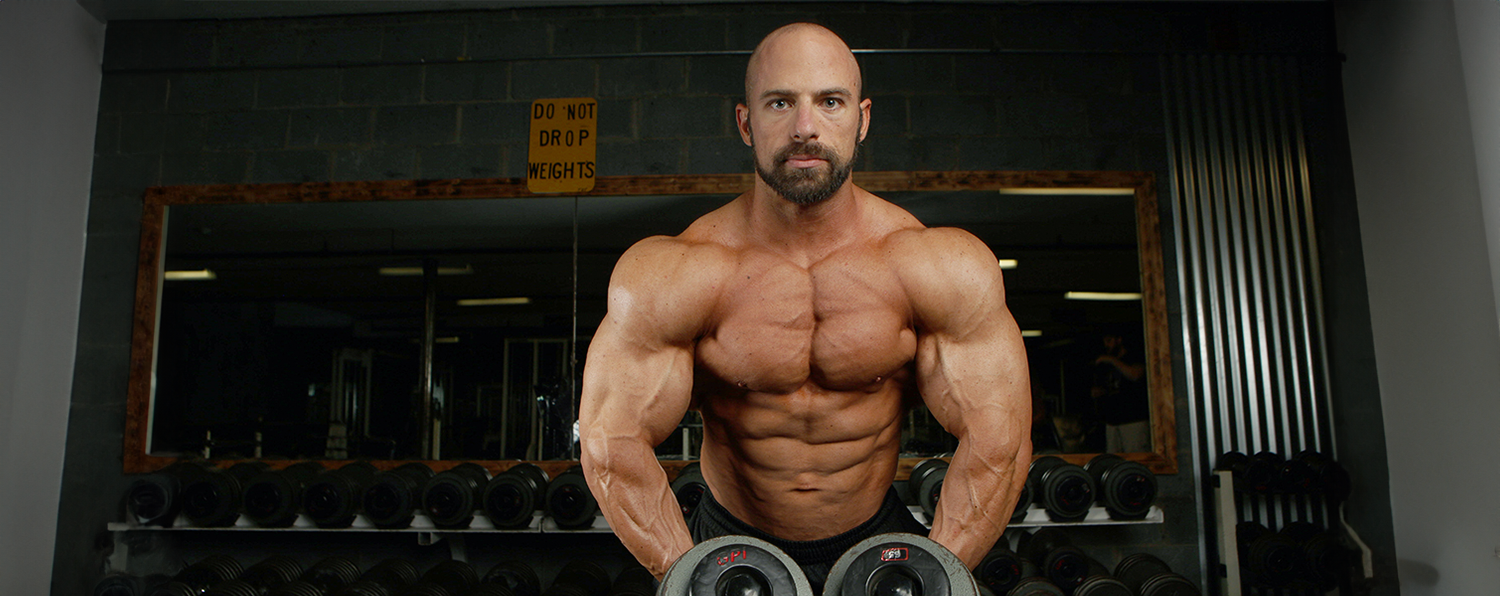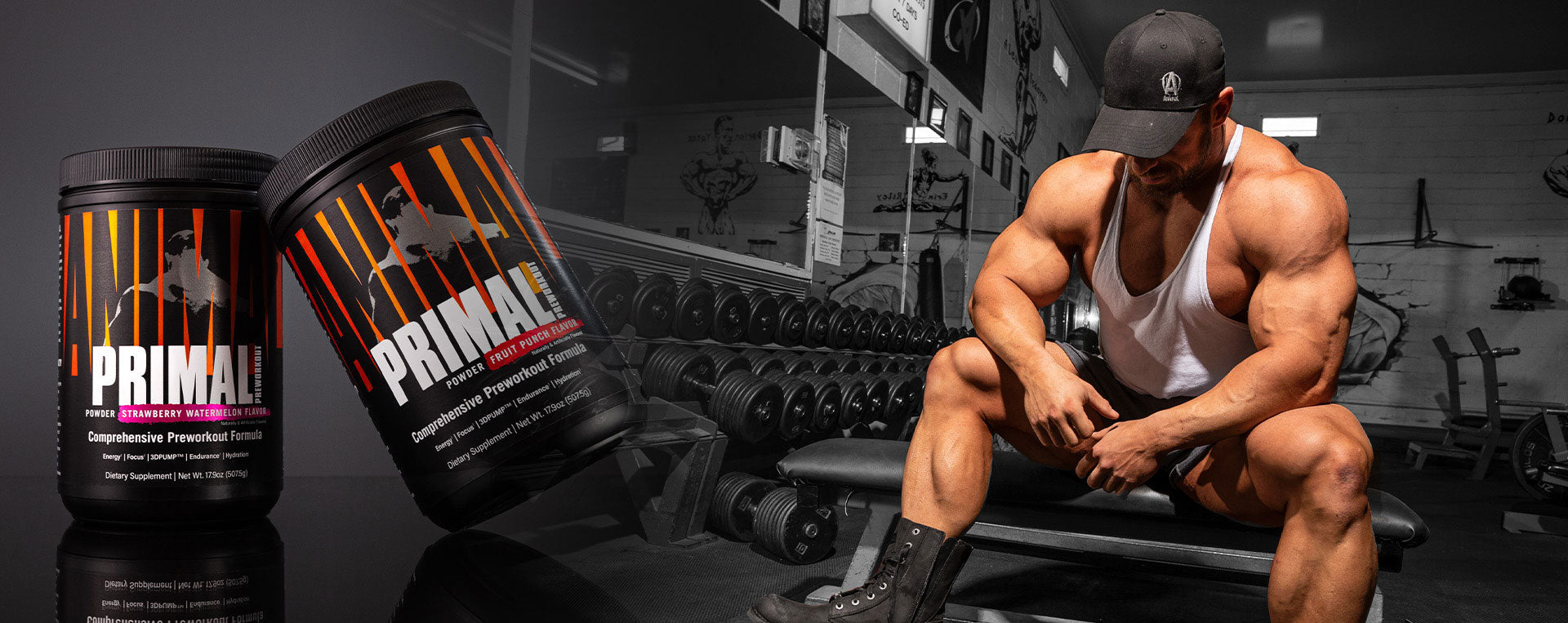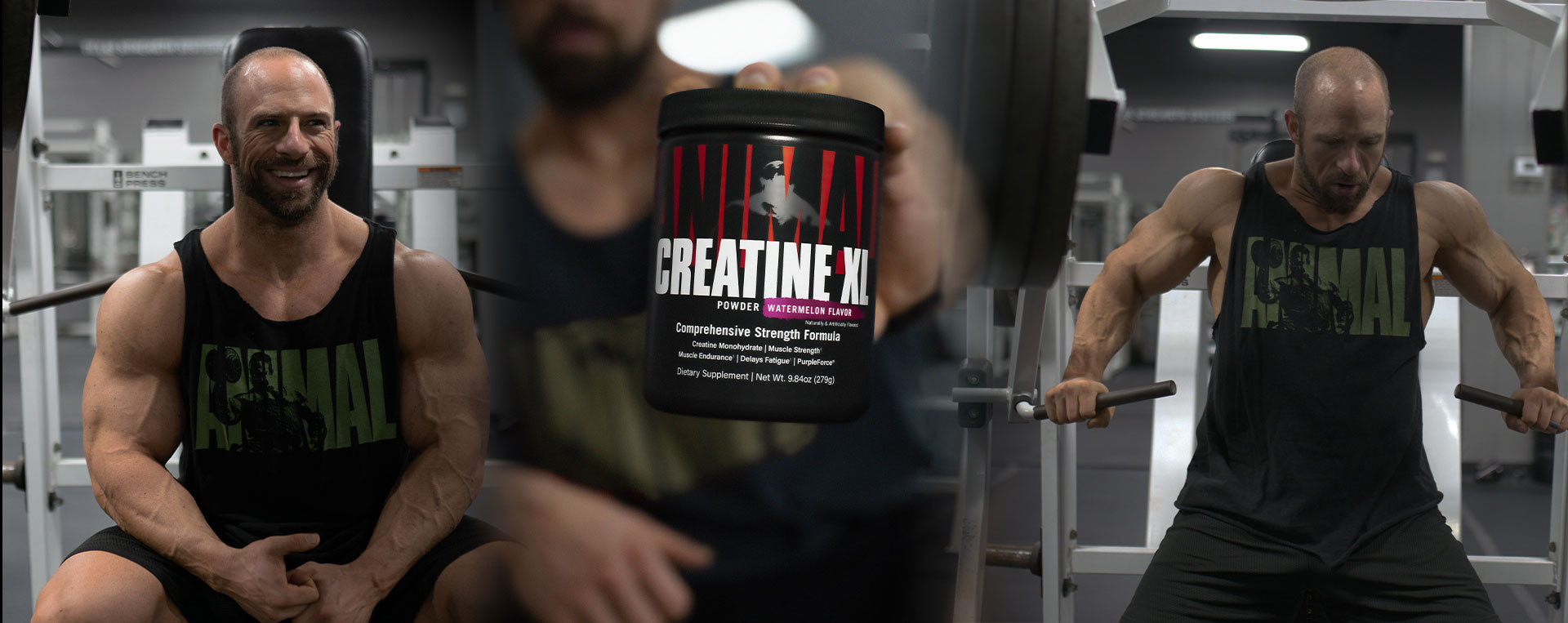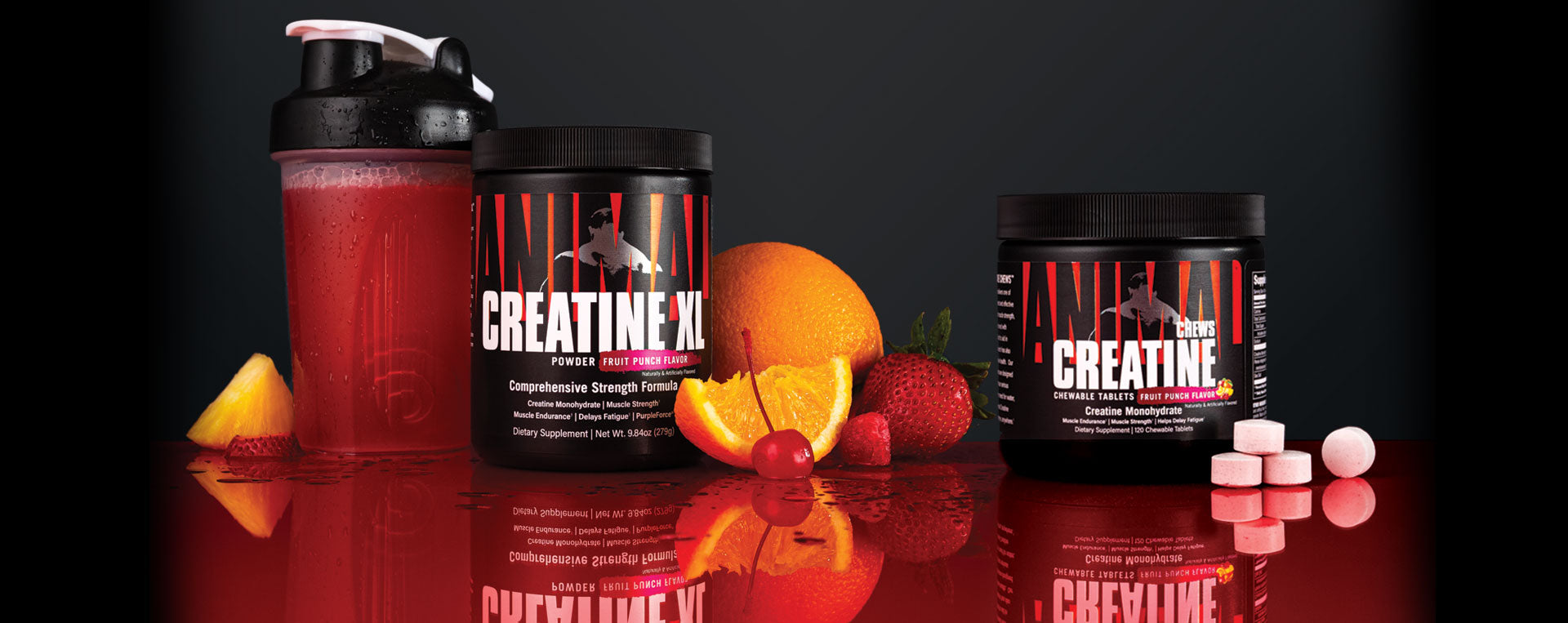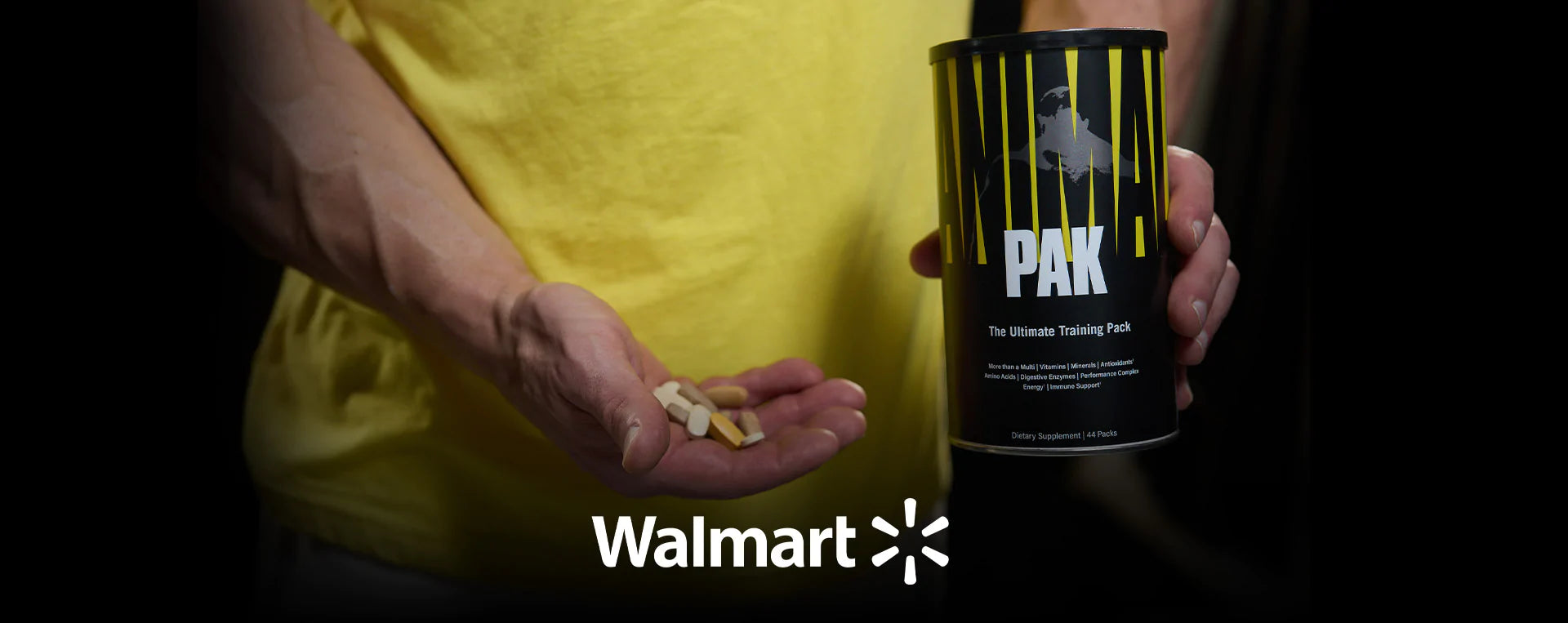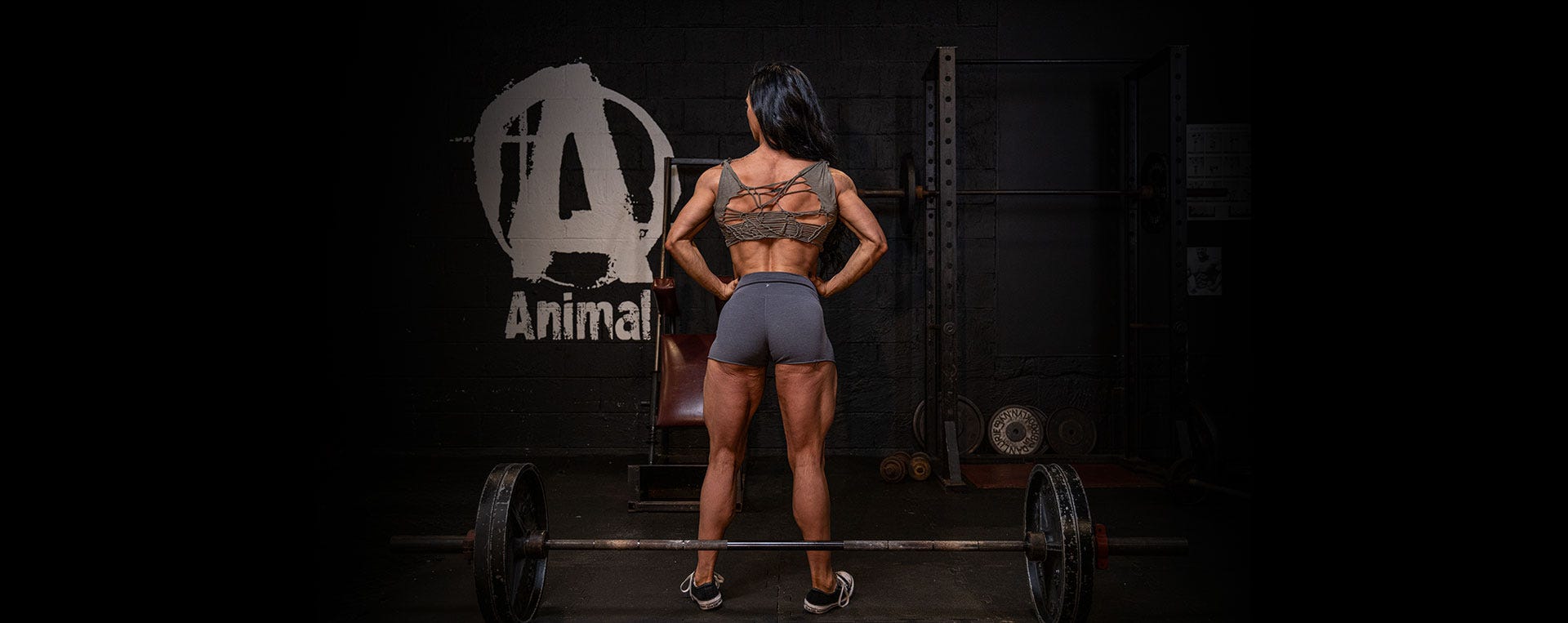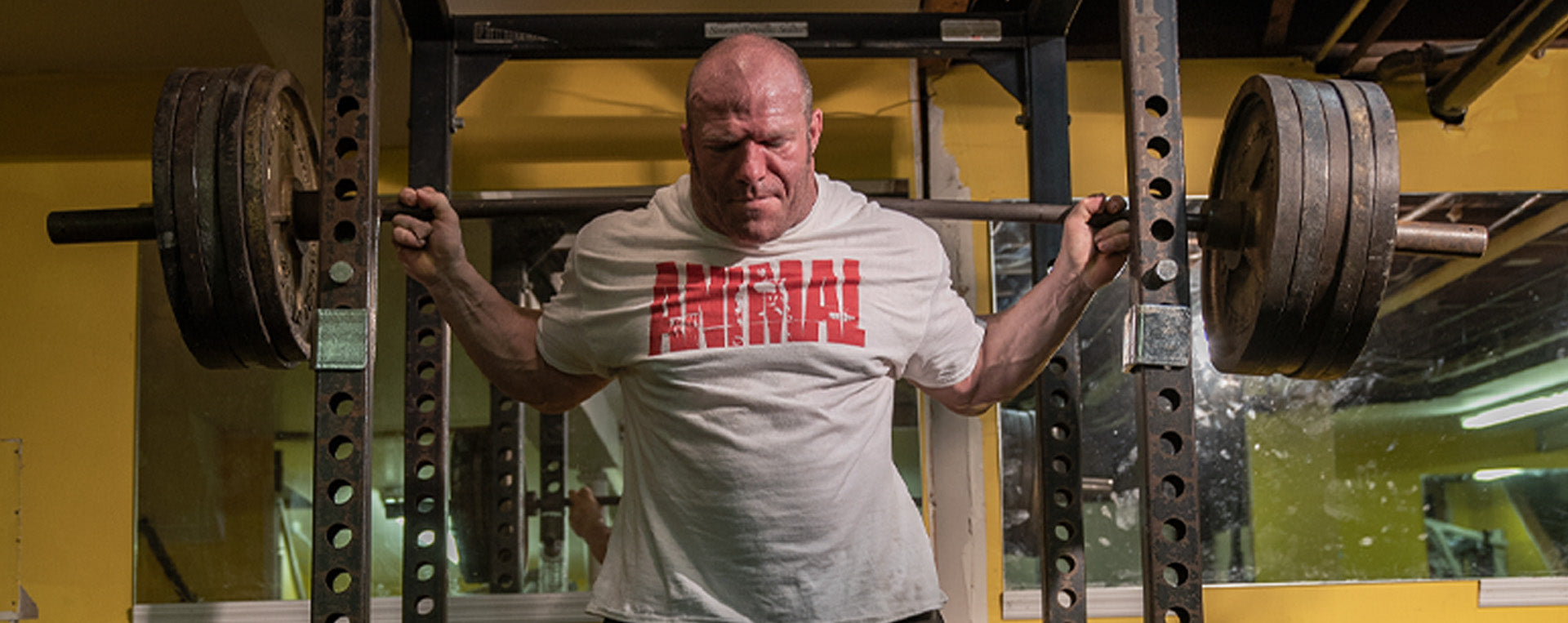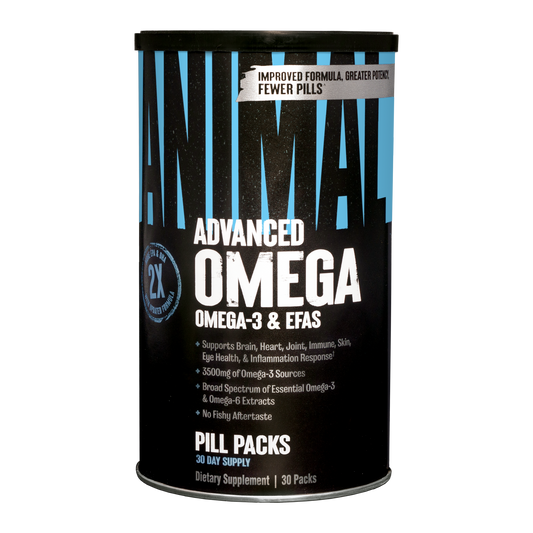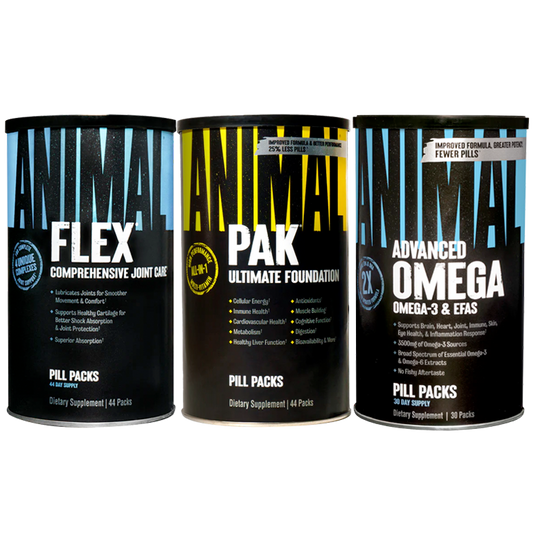Training
- Log book everything you do. I know it takes a little longer to write out your workouts, but you have to know if you are actually getting stronger or not.
- Commit to the process. Don’t be a program hopper, stick to a plan.
- Pick five key lifts that encompass areas of the body you know need improvement and hit those moves first on the day you lift. Make sure to track them.
- Have rest days. I know it's off-season, but you do need rest days to recover. Many great physiques were built only training 4 days per week.
- Plan deload weeks. You cannot train for months straight just adding more and more volume and strength. Plan to take a deload week every 8-12 weeks. Just lift twice that week when you do. Keep the intensity the same, but with only training twice a week the volume decrease will allow needed rest.
- Continue doing cardio. Cardiovascular fitness is needed, so you don’t get so gassed between work sets. You also need to stay heart healthy to be able to do this “get big thing” long term.
Nutrition
- If you have an existing diet, bump calories up 10% to get in a calorie surplus.
Keep protein at 1-1.4g/lb of lean body mass.
- Consume enough carbs to fuel performance. Don’t get on a dietary extreme and have only carbs or only fats. Both carbs and fats are optimal for off-season growth. 25% of calories from fat is a great starting point.
- Consume a majority of carbohydrates pre, intra, post training, even if you train at night.
- Eat fruits and vegetables. Fruits and vegetables contain phytonutrients and micronutrients that optimize health. Being healthy means a more productive off-season.
- Eat a variety of food sources. Don’t stick to only chicken and rice. Try to have at least 3 different sources for protein, carbohydrates, and fats.
Recovery
- You need 8-10 hours of quality sleep per night. I say quality because 8 shitty hours of sleep doesn’t help with recovery. Sleep is essential for focus and energy during the day, so you can put the most into your training.
- Monitor heart rate variability. Heart rate variability is one of many things you can track that might give some early indication if you are over training. In short, larger heart rate variability means you are in a more prepared state to train. This will take a nosedive if overtraining starts taking effect.
- Leave room for intuitive rest days. You know you have that day you wake up and you are supposed to train, but just feel terrible. The “hardcore” thing to do is go train anyway. But really ask yourself it will be a productive session for you to train. Sometimes less is more. Take extra rest days when needed.
- Don’t skip on the soft tissue work. Almost all of my clients have some muscle imbalance, pain, tight area, or something going on. We train hard and need to give our bodies some love back. Commit to a minimum of once a month massage work.
Supplements
- Take a training pack like Animal Pak. A training pack will fill in the nutritional gaps where the diet is lagging. Each vitamin and mineral have an important function in the body. Remember we want to optimize all systems. Even with a diverse diet you can still have micronutrient deficits.
- Take an Omega 3 supplement like Animal Omega. Omega 3 is great for keeping a favorable lipid profile, keeping you sensitive to insulin, and reducing inflammation in the body.
- Add in 5g daily of the tried and tested creatine monohydrate. Creatine has been one of the most studied ergogenic aids. It’s a great supplement for adding muscle. Loading is not necessary and timing isn’t crucial either.
Monitoring
- Keep it real on how fast you can gain muscle. A complete newbie can likely add 20 lb of muscle in the first year. This number can get cut in half each year after that. If you have been training hard for 3-4+ years, a more realistic number for muscle gain rate is 5 lb per year. That is roughly ½ lb of muscle per month. So, gaining 40 lb this off-season is not the way to go.
- Plan for ½-1 lb gain every 1-2 weeks. This number gives some flexibility for training age, but again might be slower for more advanced trainees.
Watch your pictures and measurements. Notice if you are getting softer in progress pictures, or if waist measurement is going up and arm measurements aren’t increasing.
Whole books have been written on the topic of muscle gain and how to optimize. This was my quick run-down of how to make the most progress in the off-season. Use these tips to aid your quest to get the freaky physique you want.












